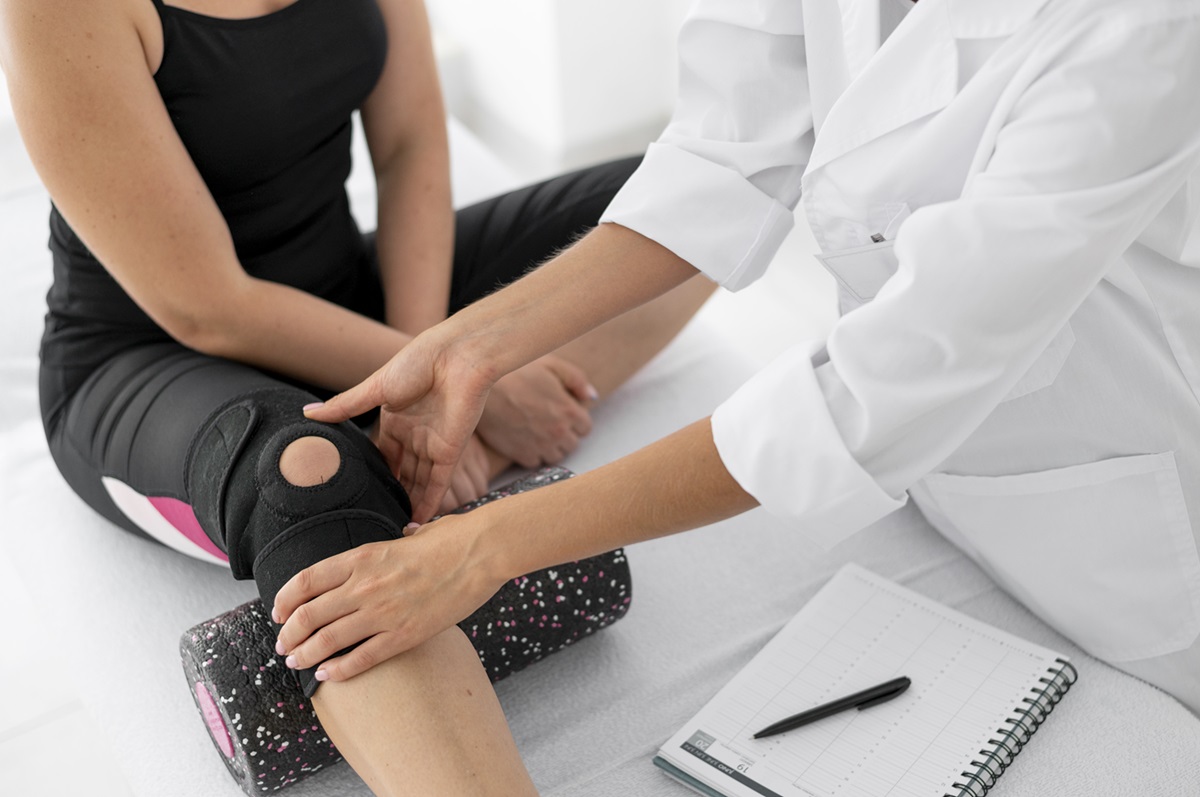
The future of orthopedic care is poised for transformative changes that will redefine how bones, joints, and related musculoskeletal structures are treated. Advances in technology, regenerative medicine, and personalized treatment approaches are converging to create innovative solutions that improve patient outcomes. From enhanced surgical techniques to smart implants and digital health monitoring, orthopedic care is evolving to become more precise, effective, and patient-centered than ever before. This evolution promises to extend beyond traditional bones and joints, encompassing holistic musculoskeletal health management.
Emerging Technologies Revolutionizing Orthopedic Surgery
Orthopedic surgery is undergoing a revolution by integrating robotics, artificial intelligence (AI), and augmented reality (AR). Robotic-assisted surgeries offer surgeons unparalleled precision in procedures such as joint replacements, leading to better alignment and implant longevity. AI algorithms analyze preoperative data to optimize surgical planning, predict potential complications, and improve outcomes. AR technologies assist surgeons by overlaying digital information on the surgical field, enhancing visualization and accuracy. These technological advancements reduce operative time, minimize tissue damage, and shorten patient recovery periods, marking a significant leap forward in orthopedic care.
Regenerative Medicine and Tissue Engineering
Regenerative medicine is at the forefront of orthopedic innovation, offering promising alternatives to traditional joint replacement and repair methods. Techniques such as stem cell therapy, platelet-rich plasma (PRP) injections, and tissue engineering stimulate the body’s natural ability to heal damaged cartilage, ligaments, and bone. Tissue engineering involves the development of scaffolds seeded with cells to grow replacement tissues in the laboratory. These therapies aim to restore tissue function and delay or eliminate the need for invasive surgeries. As research progresses, regenerative approaches are expected to become standard practice, providing more sustainable and less invasive solutions for musculoskeletal disorders.
Smart Implants and Wearable Devices Enhancing Patient Care
Integrating smart implants and wearable technology is reshaping postoperative care and long-term musculoskeletal health monitoring. Smart implants embedded with sensors can provide real-time data on load distribution, implant stability, and early signs of failure, allowing for timely interventions. Meanwhile, wearable devices track patient activity, range of motion, and rehabilitation progress outside clinical settings. This continuous monitoring facilitates personalized rehabilitation programs and encourages patient engagement, improving adherence and recovery outcomes. Smart implants and wearables form a connected ecosystem that bridges surgical intervention and ongoing musculoskeletal health management.
Personalized Medicine and Customized Treatment Plans
The future of orthocare increasingly emphasizes personalized medicine, tailoring treatments to individual patient genetics, anatomy, and lifestyle. Advances in imaging and 3D printing technologies enable the creation of patient-specific implants and surgical guides that precisely fit each individual’s unique skeletal structure. Genetic profiling offers insight into musculoskeletal disease susceptibility and healing capacity, guiding therapy choices. Personalized rehabilitation programs use data analytics to adapt exercises and recovery timelines, optimizing functional restoration. This bespoke approach enhances effectiveness, reduces complications, and improves patient satisfaction.
Telehealth and Remote Rehabilitation
Telehealth has become integral to modern orthopedic care, especially in delivering rehabilitation services remotely. Virtual consultations and digital therapy platforms enable patients to access expert guidance from anywhere, increasing accessibility and convenience. Remote monitoring tools, often integrated with wearable devices, provide clinicians with continuous data on patient progress, allowing timely adjustments to therapy plans. Telehealth also supports patient education and motivation, which are critical factors in successful recovery. As connectivity improves and digital health tools advance, telehealth is set to become a permanent fixture in orthopedic care delivery.
Holistic Approaches to Musculoskeletal Health
Looking beyond bones and joints, the future of orthopedic care embraces holistic approaches that consider the entire musculoskeletal system and overall patient well-being. Integrative therapies combining physical, nutritional, and psychological interventions address factors influencing healing and function. Lifestyle modifications, such as exercise programs and diet plans tailored to musculoskeletal health, are increasingly incorporated into care protocols. Mental health support helps patients manage pain and maintain motivation during rehabilitation. This comprehensive perspective ensures more durable and meaningful recovery, promoting long-term quality of life.
The Impact of Artificial Intelligence on Orthopedic Decision-Making
Artificial intelligence transforms orthopedic decision-making by processing vast datasets to assist clinicians in diagnosis, treatment planning, and outcome prediction. Machine learning models analyze imaging, genetic information, and patient histories to identify patterns invisible to human observers. AI-powered decision support tools recommend optimal surgical techniques, implant types, and rehabilitation protocols personalized to each patient. This data-driven approach enhances precision, reduces errors, and fosters evidence-based practice. As AI continues to evolve, its integration into orthocare promises to optimize patient outcomes and streamline clinical workflows.
A New Era for Orthopedic Care
The future of orthopedic care is bright and dynamic, characterized by technological innovation, personalized therapies, and holistic patient management. Breakthroughs in robotics, regenerative medicine, smart devices, and AI are converging to create more effective, patient-focused treatment paradigms. This transformation extends beyond repairing bones and joints, encompassing comprehensive musculoskeletal health strategies that improve recovery, function, and quality of life. Embracing these advances will empower clinicians and patients to navigate musculoskeletal challenges with greater confidence and success.